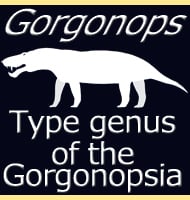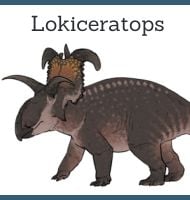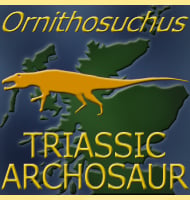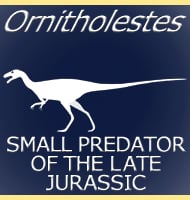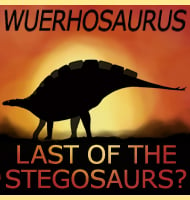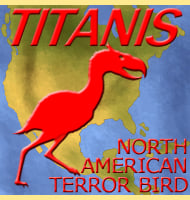In Depth
Bicentenaria is an interesting theropod whose remains were recovered from the Ezequiel Ramos Mexia Reservoir, Rio Negro Province, Argentina by Raul Spedale in 1998. The remains were of a concentration of disarticulated remains of many individuals, but their similarity to one another strongly suggests that they were all from the same genus of dinosaur. Of these remains there are three large left femora (plural of femur, the thigh bone) which is an indication that the remains are of at least three individuals of this genus. In addition to this, there is some variation in the size of some of these bones which suggests that the individuals were of different ages. However a look at how the bones were deposited has led to the describing team coming up with the hypothesis that the site of the bones discovery was not the site where these dinosaurs died. Instead it seems that the bones were deposited elsewhere and then later washed to their new location.
Because the remains of several individuals were located together, this does raise the possibility that Bicentenaria may have spent time living in groups. The deposit of what appears to be the remains of several individuals of only one genus and of different ages certainly does help with this hypothesis. However detractors to this theory could simply state that the collection of several remains of the same dinosaur genus may merely be coincidental. However if the collection was purely down to chance then one would expect to find the remains of different genera. The fact that the remains seem to be of the same genus does not the entirely discredit the ‘by chance’ theory, but it does count for a lot against it.
As a coelurosaur, Bicentenaria would have been a relatively small theropod predator in the ecosystems of Late Cretaceous South America. This places it between the slightly earlier large carcharadontosaurid theropods like Giganotosaurus and Mapusaurus, and the later abelisaurids such as Abelisaurus and Aucasaurus. However given the inherent incompleteness of the South American fossil record, it is not implausible that Bicentenaria itself may have been targeted by other large theropods, particularly basal abelisaurs such as Ilokelesia. One interesting thing of note is that most coelurosaurs that Bicentenaria seems to have been most like to are so far dated to the Late Jurassic/Early Cretaceous, indicating that Bicentenaria may be a late surviving example of these kinds of earlier theropods.
At the time of its description Bicentenaria was incorrectly lauded by some popular media sources as the ancestor to and even a species of Tyrannosaurus. To understand the true relationship of Bicentenaria to Tyrannosaurus, and tyrannosaurs in general, you have to understand this. Bicentenaria seems to have been a type of coelurosaur, and fossil evidence along with the majority of palaeontologists think that the tyrannosaurs evolved from this group of theropods. However this evolution seems to have taken place much further back in the Mesozoic with many forms of primitive tyrannosauroids being dated back to many tens of millions years before Bicentenaria is currently known to have existed. One example for instance is Yutyrannus, a basal tyrannosauroid that is dated to the much earlier Aptian stage of Asia, making it around one hundred and twenty-five million years old against the estimated ninety million years old Bicentenaria. It is the appearance of these other forms as well as the geographic isolation of North and South America during these periods that serve to discredit the notion that Bicentenaria was the ‘granddaddy’ of Tyrannosaurus. Instead Bicentenaria represents a type of coelurosaurian theropod that is at best a distant cousin to the tyrannosaurs that dominated the Northern hemisphere.
Further Reading
– New Patagonian Cretaceous theropod sheds light about the early radiation of Coelurosauria. – Revista del Museo Argentino de Ciencias Naturales, nueva serie, 14: 57–81. – F. E. Novas, M. D. Ezcurra, F. L. Agnolin, D. Pol & R. Ortiz – 2012.

